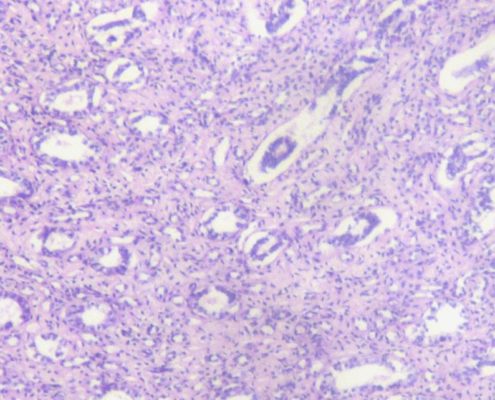
Chronic kidney disease
Learn more about diagnosis and treatment of chronic kidney disease
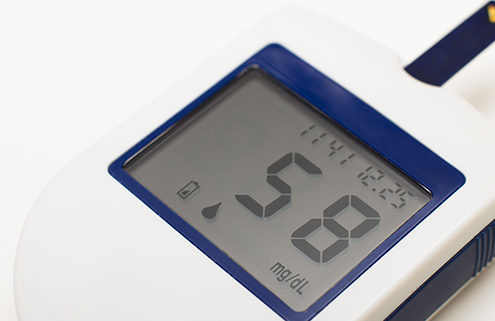
Hypoglycemia: Gimme some sugar!
Glucose is an important nutrient required for basic cellular metabolism and is the obligatory source of energy for the brain. Many problems can arise when glucose is not regulated appropriately.
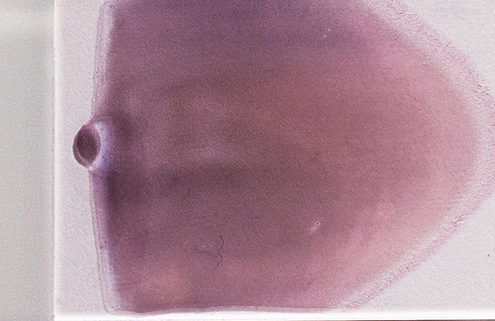
Erythrocyte morphology: Getting the most from your blood smear
Microscopic examination of a blood smear is an essential part of the hemogram as it can provide vital diagnostic information that is not provided by automated hematology analyzers.
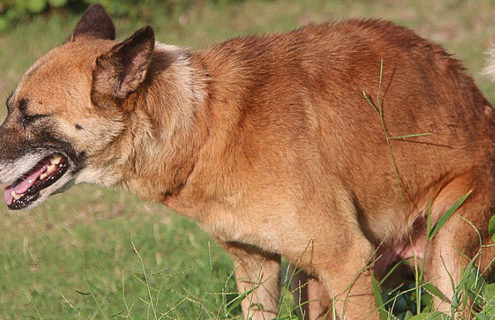
Cobalamin deficiency
Cobalamin (vitamin B12) deficiency occurs commonly in both dogs and cats with chronic gastrointestinal disease.
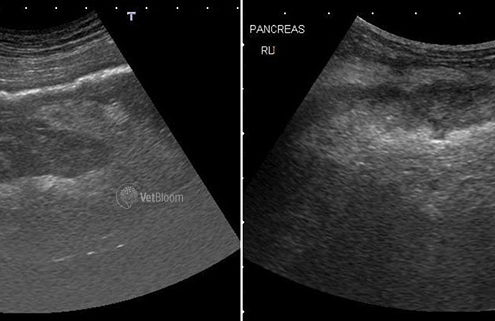
Diagnosis of canine and feline pancreatitis - Enough with lipases already
Pancreatitis remains challenging to diagnose, especially since many patients do not present with classical clinical signs or may even be subclinical.
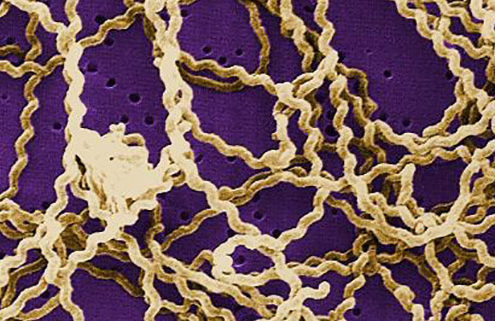
Update on leptospirosis
Leptospirosis is a bacterial zoonotic disease most commonly transmitted by infected urine contact with mucous membranes or abraded skin.
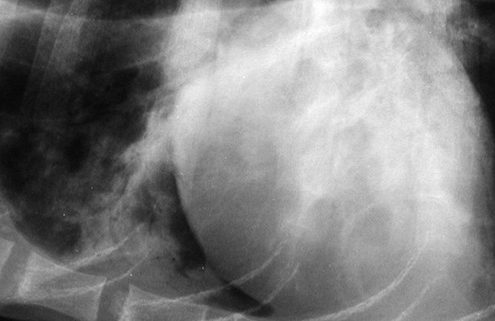
It's getting harder and harder to breathe: How I treat pneumonia
Bacterial pneumonia is fairly common in vet med. This post provides an in-depth discussion of diagnosis and treatment.
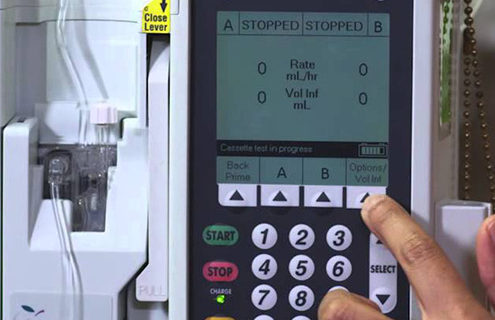
Synthetic colloids: A friend or foe?
Synthetic colloids are a combination of water, electrolytes and large molecular weight molecules that contribute to the oncotic force (colloid osmotic pressure, COP) of the intravascular space. This post covers the pros and cons of their use.
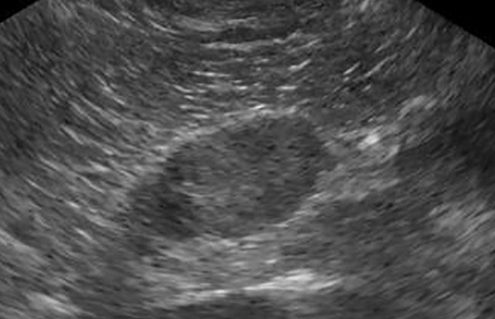
The incidentally discovered adrenal mass
With improved imaging techniques, the number of adrenal masses detected in animals with problems unrelated to adrenal function is common.
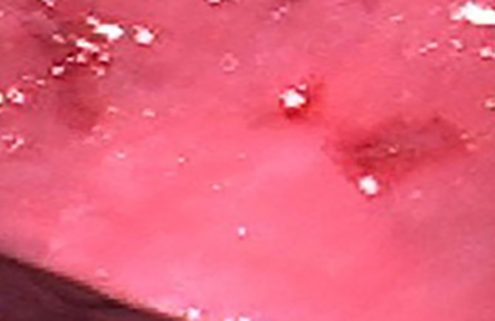
Update on acid suppressant therapy
This post describes the use and pros/cons of H2 receptor antagonists and proton pump inhibitors.

The clot thickens: Thromboembolic disease in dogs and cats
Nicole Barrella, DVM
Massachusetts Veterinary Referral Hospital,…

Medical evaluation of congenital hepatic disease in dogs
The two most common types of congenital hepatic disease include portosystemic vascular anomalies (PSVA) and microvascular dysplasia (MVD, now technically termed portal vein hypoplasia without a macroscopic anomaly). The clinical course and treatment options differ depending on the underlying disease, and an accurate diagnosis is essential for future management and prognosis.
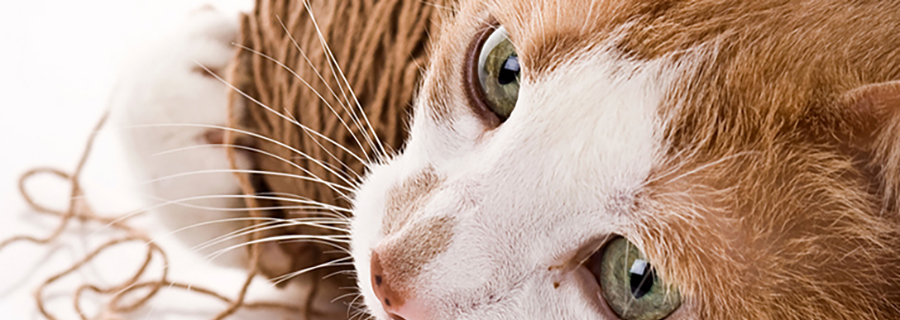
The yellow fellow: Evaluation of the icteric cat
Icterus is the presence of yellow discoloration of non-pigmented body surfaces (i.e. mucous membranes, sclera, skin) or plasma, and this results from an accumulation of bilirubin in the blood stream.

Red blood cell transfusions
Small animal veterinary blood products have become much more accessible over the past decade. Check out this article on red blood cell transfusions.

Vomiting and anti-emetic therapy in veterinary medicine
Vomiting causes alarm and concern across species and is a common presenting complaint in our small animal patients. Read more about the pathophysiology and treatment of vomiting.
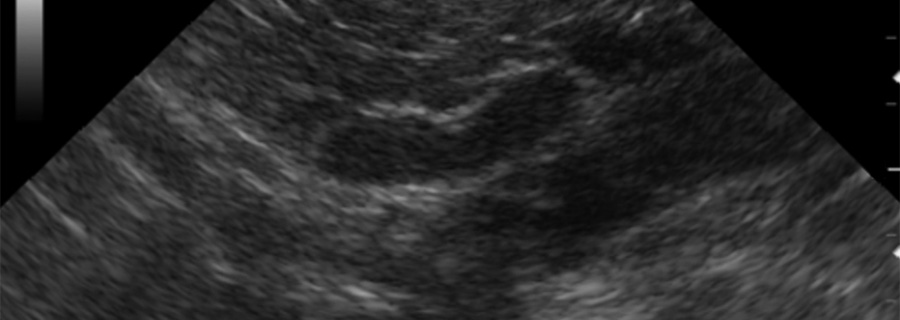
Canine hypoadrenocorticism: An overview of what we know and have learned
Hypoadrenocorticism is a life-threatening disease and is a result of failure of the adrenal glands to produce adequate hormones. Click on post title to read more about this potentially life-threatening, but manageable disorder.

Gastroprotectant and antacid therapy in veterinary medicine
1 Comment
/
Gastroprotectant and antacid therapies are commonly employed in veterinary medicine when we wish to prevent gastric ulceration or suspect gastric ulceration may be the cause of clinical signs in our canine and feline patients. Click post title to read more about GI protectant mechanisms and treatment of GI ulceration.

Calcium oxalate urolithiasis
Urolithiasis refers to the formation of stones anywhere within the upper and lower urinary tracts. It is a common problem among both canine and feline patients in veterinary medicine and one of the most common causes of lower urinary tract signs.

Current diagnostic approaches to chronic diarrhea (Part II)
In last week's article, we discussed current diagnostic approaches to chronic diarrhea. In this newsletter we will discuss several different steps in treating chronic diarrhea, especially when diagnostics such as biopsies, either via surgery or endoscopy, are not possible due to the status of the patient.

Current Diagnostic Approaches to Chronic Diarrhea (Part I)
Diarrhea is described as an increase in fecal mass, specifically volume, frequency or fluidity, and it is an important clinical sign of intestinal disease. Diarrhea as a clinical sign can be found with both small and large intestinal disease. Part I of this two-part series discusses clinical signs and diagnosis. Part II, which discusses treatment, will published next week.

Immunomodulating therapy in dogs: Beyond glucocorticoids
Alice Benedict, DVM, DACVIM
VCA Shoreline Veterinary Referral…
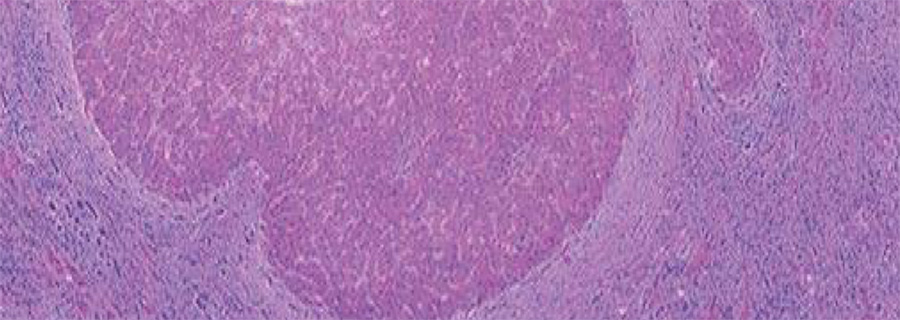
Canine chronic hepatitis
Canine chronic hepatitis (CH) is a chronic inflammatory liver disease that without intervention, progresses to hepatocellular necrosis and fibrosis/cirrhosis. A definitive diagnosis is made with histopathology. There are several known causes of canine hepatitis, including...
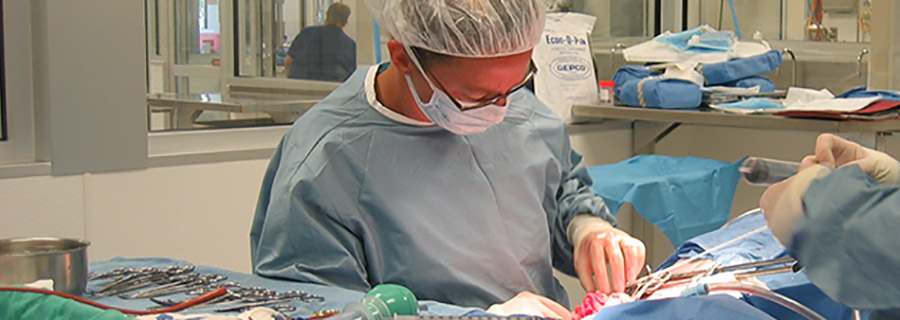
Insulinoma: How not to anger the beast
Insulinoma is a relatively uncommon condition in our canine and feline patients. Insulinoma is more common in dogs than cats, but it is important to remember that it does still occur in our feline patients.
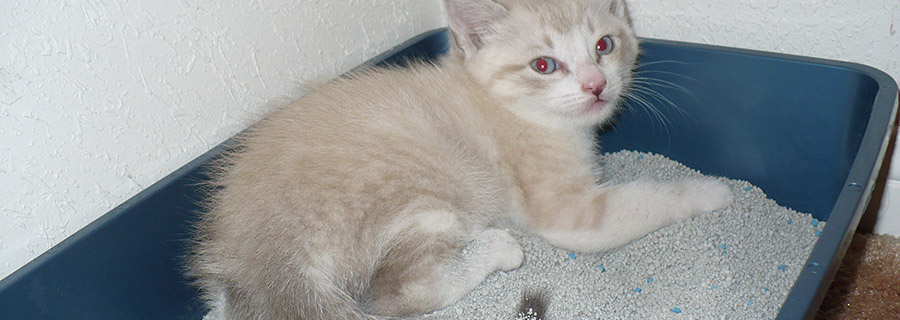
Ureteral obstruction in cats
Obstructive ureteral disease is a very frustrating problem in feline medicine. Causes of ureteral obstruction include ureterolithiasis, ureteral strictures, dried solidifi ed blood stones, mucus, and tumors. Ureteral obstructions cause an increase in pressure that is transmitted up to the kidneys which eventually can decrease and even stop the glomerular filtration rate of that kidney. Treatment of ureteral obstructions can include medical management, surgical management and interventional management.

Urinary incontinence
Urinary incontinence is defined as loss of voluntary control of urination, resulting in leakage of urine from the urinary system to the exterior of the body. While UI has consequences for our clients’ homes, it can also cause significant pathology to our patients. Timely diagnosis and control of this potentially chronic problem will help to ameliorate these concerns.
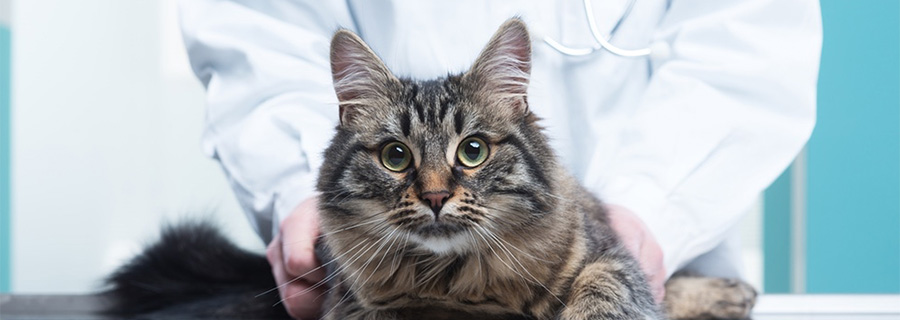
An update on feline hypothyroidism
Hypothyroidism is an uncommon disease in the cat. The most common cause of feline hypothyroidism is the iatrogenic form. Other less common forms include naturally acquired adult-onset primary hypothyroidism and congenital primary hypothyroidism.

Portosystemic shunts
Portosystemic shunts are the most common hepatobiliary congenital abnormality diagnosed in veterinary medicine. When a portosystemic shunt is present, the portal circulation enters directly into the systemic circulation...
